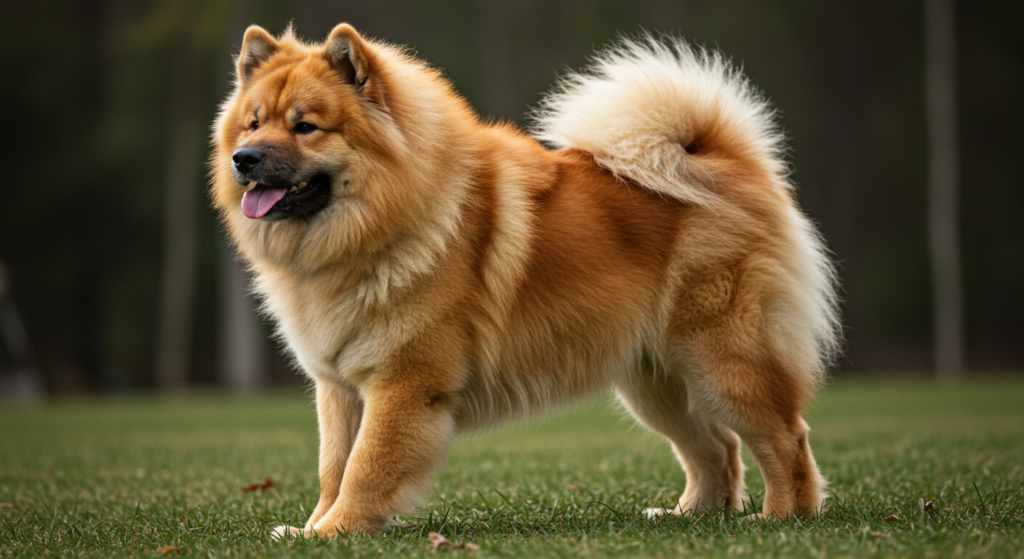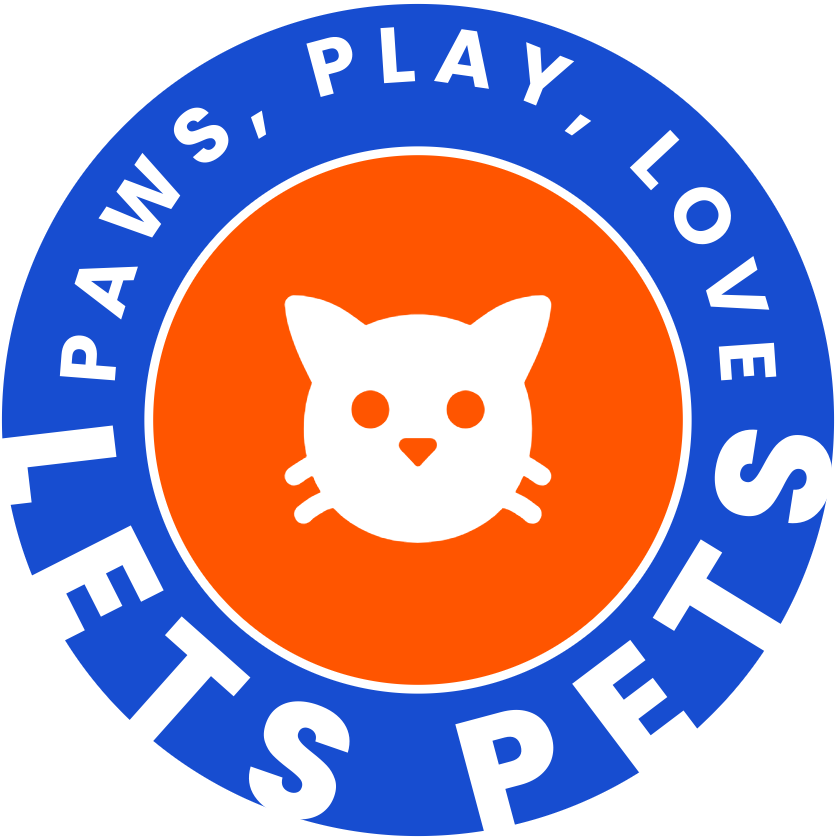Table of Contents
- Introduction
- Origin and History
- Physical Characteristics
- Temperament and Personality
- Care and Maintenance
- Training and Socialization
- Health and Lifespan
- Conclusion
- FAQs
Introduction
The Eurasier is a striking Eurasian dog known for its full red coat, intelligence, and balanced temperament. Developed in Germany, this breed combines the best traits of the Wolfspitz, Chow Chow, and Samoyed. Recognized by the AKC Foundation Stock Program (FSP), the Eurasier is on its way to full breed recognition.
This guide explores the Eurasier’s origins, appearance, personality, and care needs to help potential owners understand this unique breed.

Origin and History
The Eurasier is a relatively modern breed, developed in the 1960s by Julius Wipfel in Germany. The initial crossbreeding involved the Wolfspitz (Keeshond) and Chow Chow, later refined with Samoyed bloodlines to enhance temperament and appearance.
The breed’s name reflects its Eurasian heritage, blending European and Asian canine traits. While not yet fully recognized by the American Kennel Club (AKC), it is part of the Foundation Stock Program, paving the way for future official status.
Physical Characteristics
The Eurasier is a medium-sized, well-balanced dog with a full red coat, though other colors like black, fawn, and wolf-gray are also common. Key features include:
- Coat: Thick double coat, requiring regular grooming.
- Size: 19–24 inches tall, weighing 40–70 lbs.
- Eyes: Dark, almond-shaped, expressive.
- Tail: Plumed, carried over the back.
Their resemblance to the Samoyed is no coincidence, as selective breeding incorporated Samoyed traits for a friendlier demeanor.
Temperament and Personality
The Eurasier is known for its:
- Loyalty: Forms strong bonds with family.
- Calmness: Even-tempered, not overly aggressive or shy.
- Intelligence: Quick learner but can be independent.
- Sociability: Good with children and other pets when socialized early.
Unlike some Chow Chow descendants, the Eurasier is more outgoing and less aloof, thanks to the Samoyed influence.
Care and Maintenance
Grooming Needs
- Brushing: 2–3 times weekly to prevent matting.
- Bathing: Only when necessary to preserve natural oils.
- Shedding: Seasonal; heavier during spring and fall.
Exercise Requirements
- Moderate daily walks and playtime suffice.
- Enjoys mental stimulation through puzzles and training.
Diet
- High-quality dog food, balanced for medium-sized breeds.
- Avoid overfeeding to prevent obesity.
Training and Socialization
- Early socialization is crucial for a well-adjusted Eurasier.
- Positive reinforcement works best—harsh methods can lead to resistance.
- They excel in obedience, agility, and therapy work.
Health and Lifespan
Common Health Issues
- Hip Dysplasia
- Patellar Luxation
- Thyroid Disorders
Lifespan
- 12–14 years with proper care.
Regular vet check-ups and a healthy lifestyle help maintain longevity.
Conclusion
The Eurasier is an exceptional companion, blending beauty, intelligence, and a gentle nature. Ideal for families seeking a loyal, low-maintenance dog, this Eurasian breed is steadily gaining popularity. With its full red coat and balanced temperament, the Eurasier is a testament to thoughtful, selective breeding.
FAQs
1. Is the Eurasier a good family dog?
Yes, the Eurasier is excellent with families, being loyal, gentle, and good with children.
2. How much exercise does a Eurasier need?
Moderate exercise—daily walks and playtime are sufficient.
3. Does the Eurasier shed a lot?
Yes, they shed seasonally and require regular brushing.
4. Are Eurasiers aggressive?
No, they are calm and well-mannered when properly socialized.
5. Is the Eurasier recognized by the AKC?
Not yet fully recognized, but it’s part of the Foundation Stock Program.
